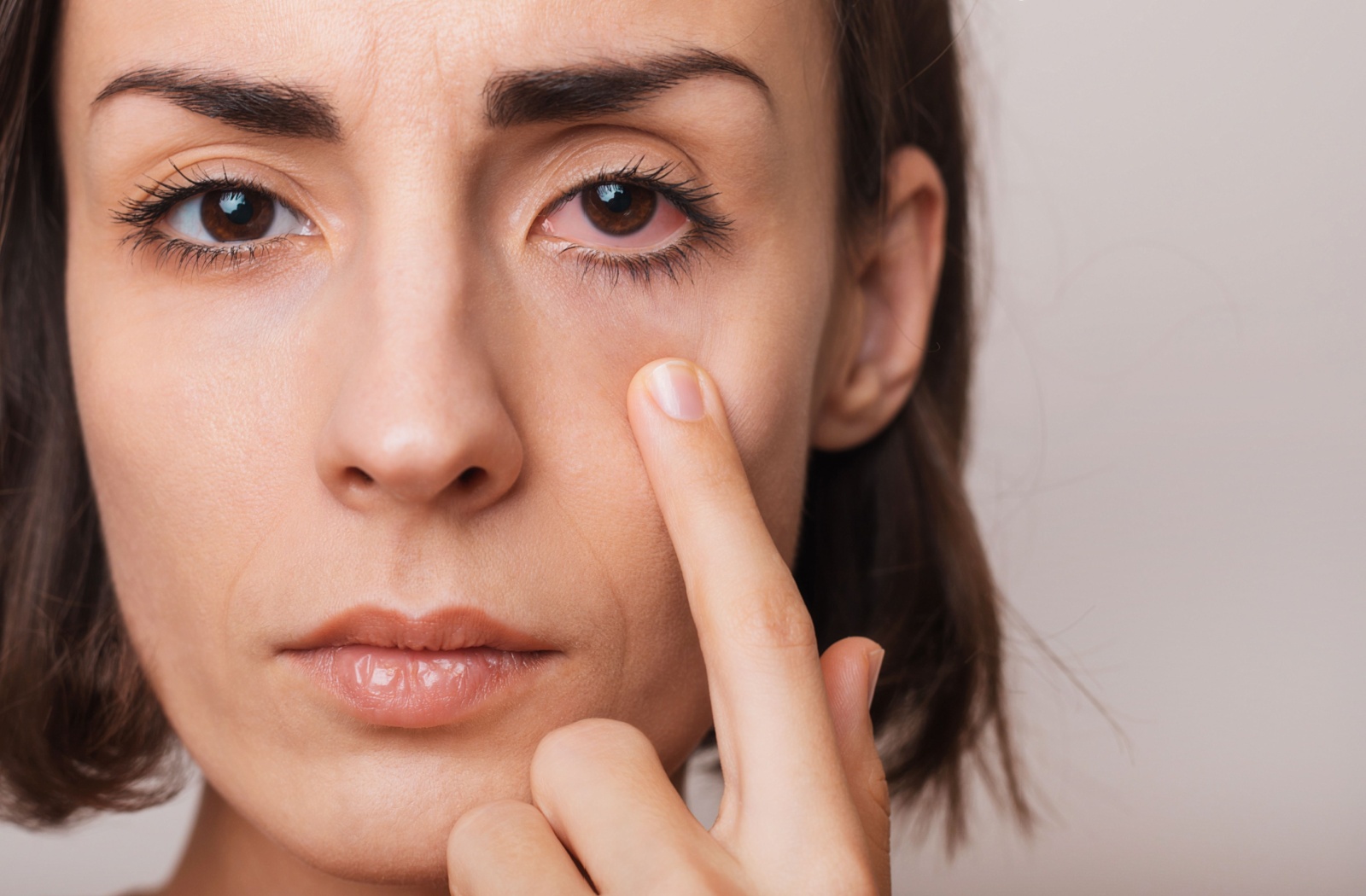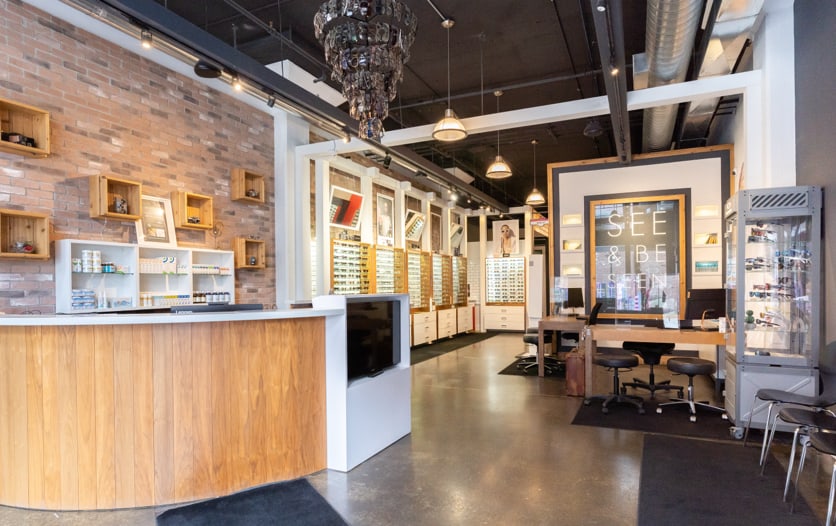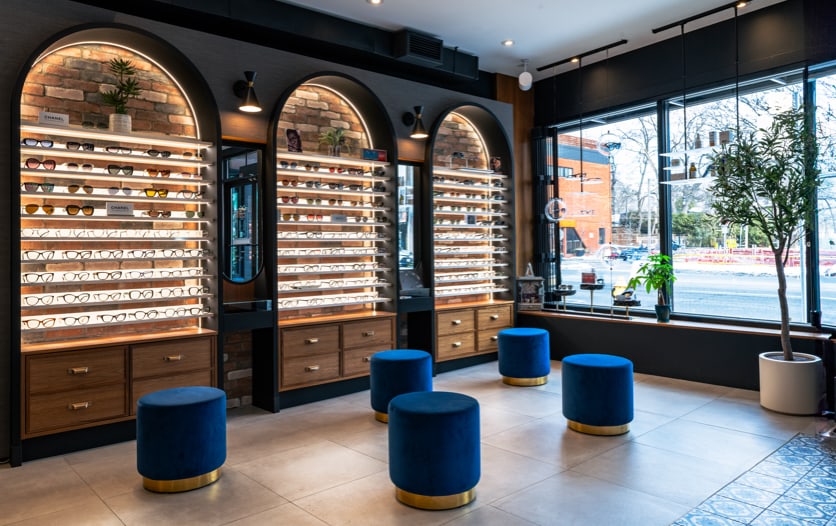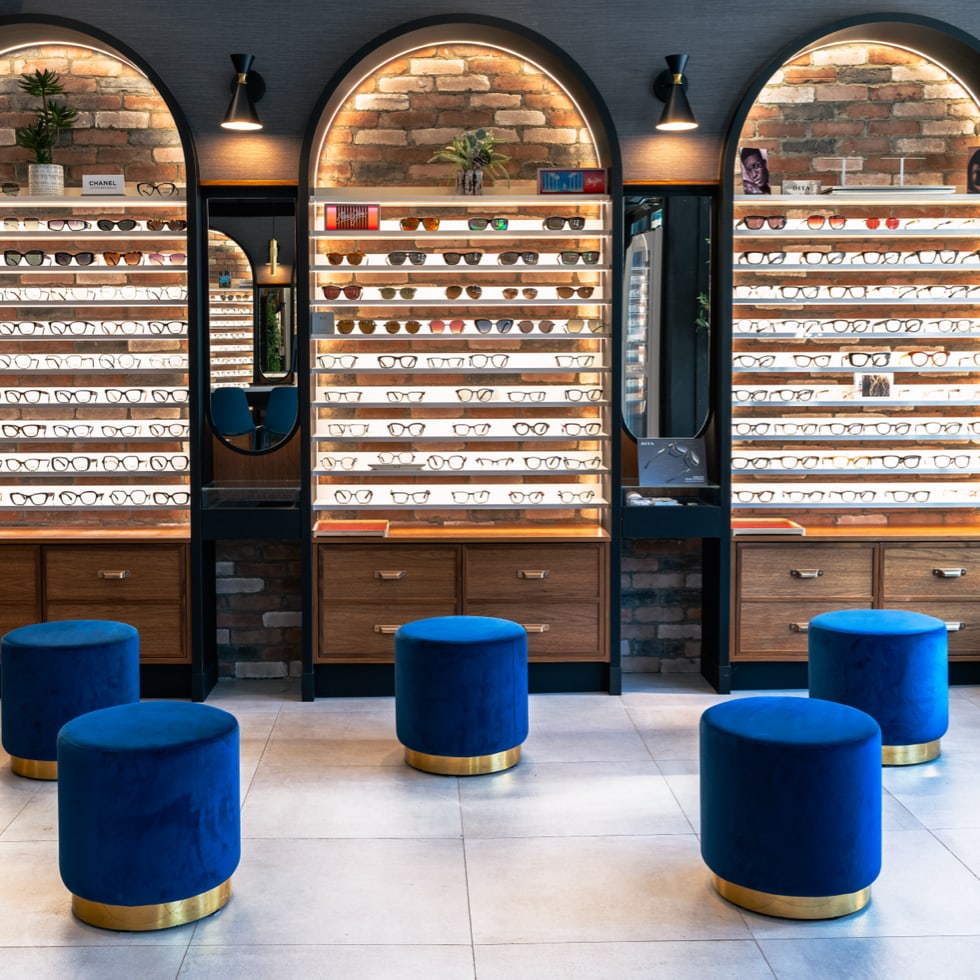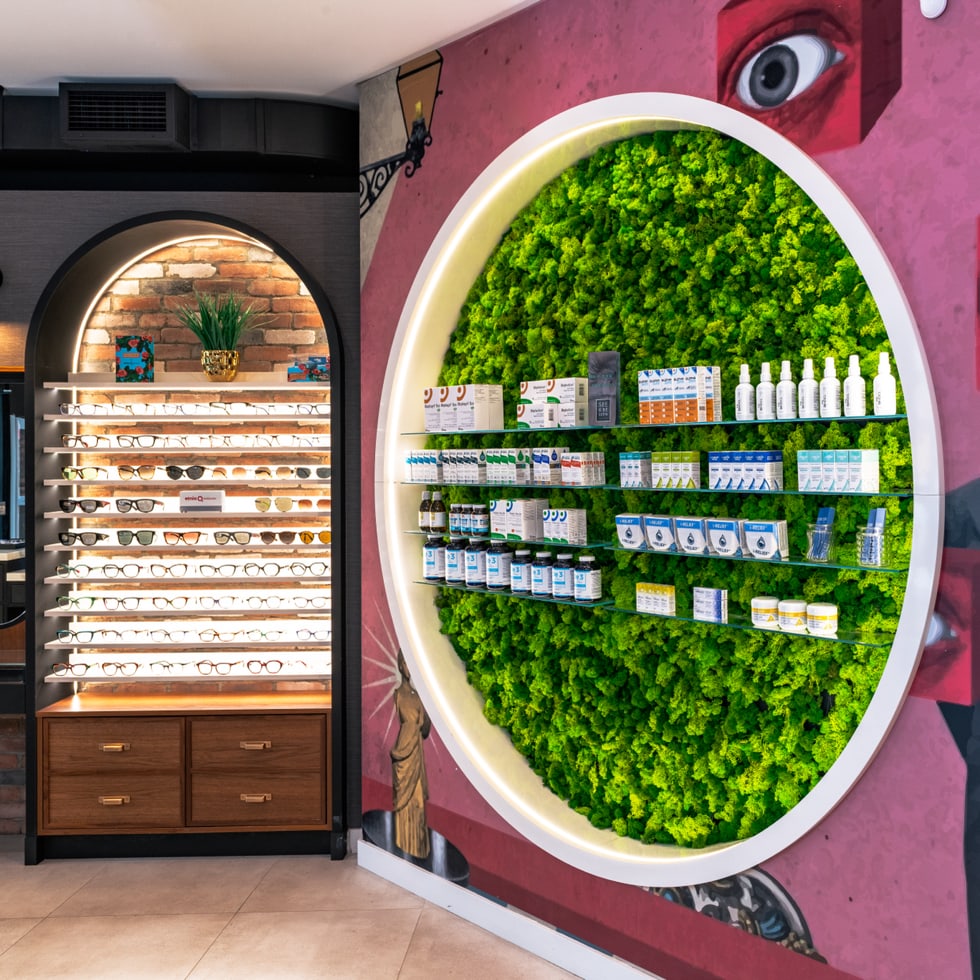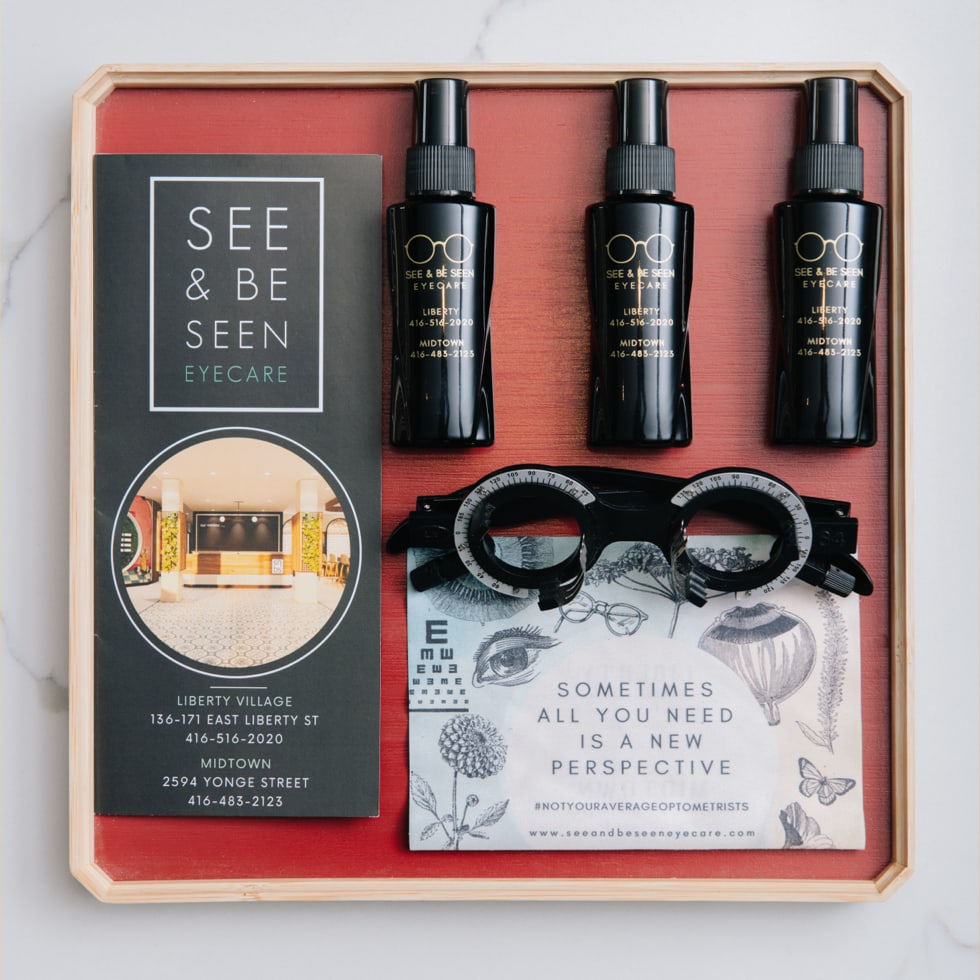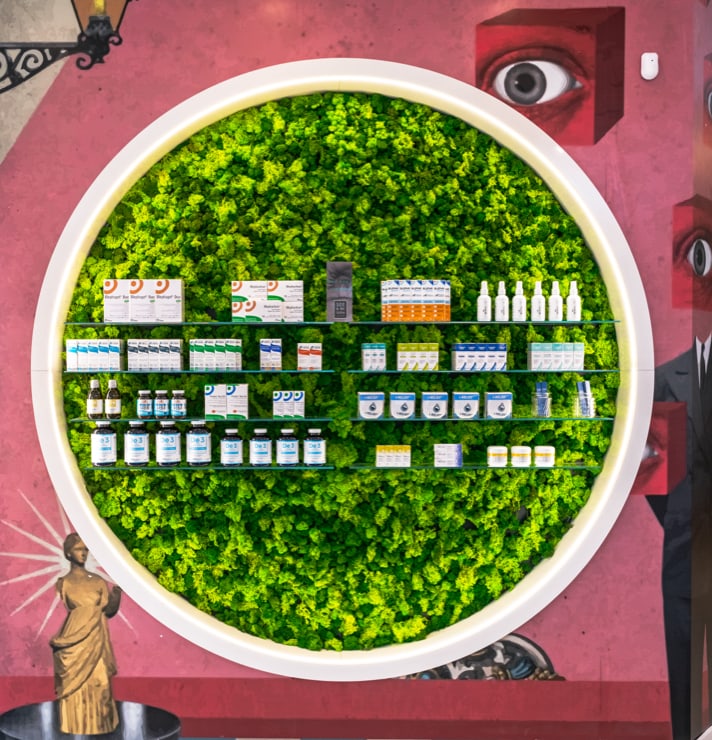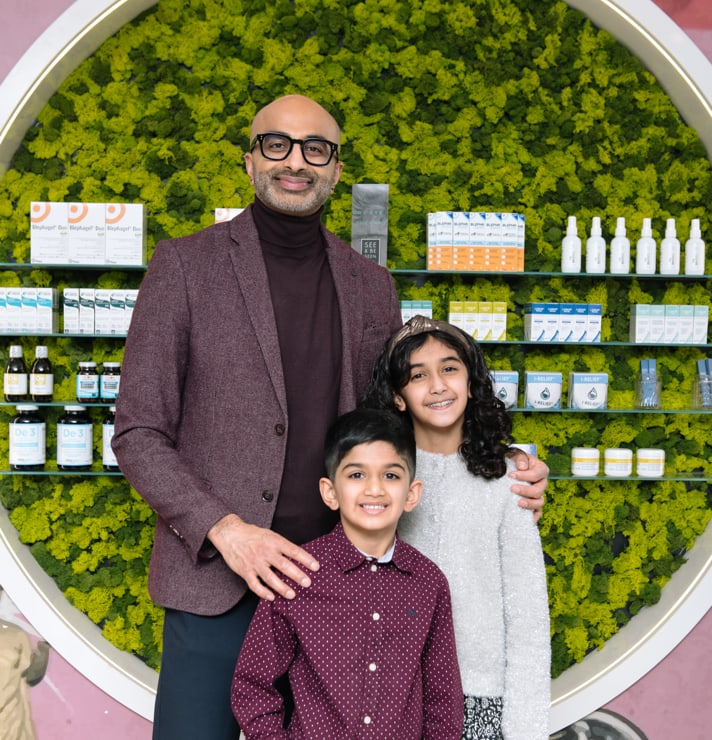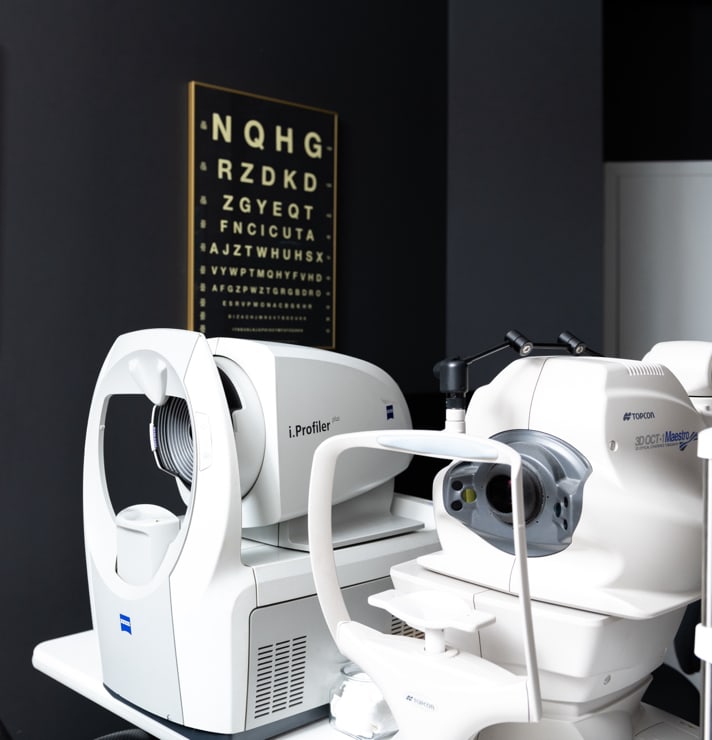Have you ever woken up with a red, irritated eye and wondered if it’s pink eye or a stye? You’re not alone. These 2 common eye conditions are often confused because they can look and feel quite similar at first.
But here’s the key difference: pink eye causes redness across the white of the eye, while a stye is a painful bump on the eyelid itself. Understanding what sets them apart is the first step in finding the right treatment and getting relief quickly.
Let’s break down the causes, symptoms, and treatments for both—and when it’s time to see an eye care professional.
What Is Pink Eye?
Pink eye, or conjunctivitis, is the inflammation of the conjunctiva—the clear tissue that lines the inside of your eyelid and covers the white of your eye. It’s called “pink eye” because the inflammation causes visible redness in the eye, making it appear pink or bloodshot.
Common Pink Eye Symptoms
- Redness in 1 or both eyes
- Itchy or burning eyes
- Excessive tearing
- Gritty feeling (like there’s sand in your eye)
- Discharge, which may be clear, yellow, or green
Causes of Pink Eye
- Viral infections (most common and often linked to colds)
- Bacterial infections, which may produce thick discharge
- Allergies, often accompanied by sneezing and nasal symptoms
- Irritants like smoke, chlorine, or pollution
Viral and bacterial conjunctivitis are highly contagious, while allergic conjunctivitis is not.
What Is a Stye?
A stye (also called a hordeolum) is a red, painful bump that forms along the edge of the eyelid. Unlike pink eye, which affects the surface of the eye, a stye is caused by a bacterial infection in the eyelid’s oil glands.
Symptoms of a Stye
- A visible bump, like a pimple, on or inside the eyelid
- Localized pain or tenderness
- Swelling of the eyelid
- Sensitivity to light
- A feeling of something in the eye
Styes can occur when bacteria (often Staphylococcus) clog and infect an oil gland. Poor eyelid hygiene, touching your eyes, or using old or contaminated makeup can increase your risk.
How Can You Tell the Difference?
While both pink eye and styes cause eye discomfort, they show up in different ways. Pink eye affects the surface of the eye, making the whites appear red and irritated, sometimes with discharge. A stye is confined to the eyelid and appears as a localized, painful lump.
If your eye looks red all over and feels itchy or watery, it may be pink eye. But if you see a swollen bump on your eyelid that’s tender to the touch, it’s more likely a stye.
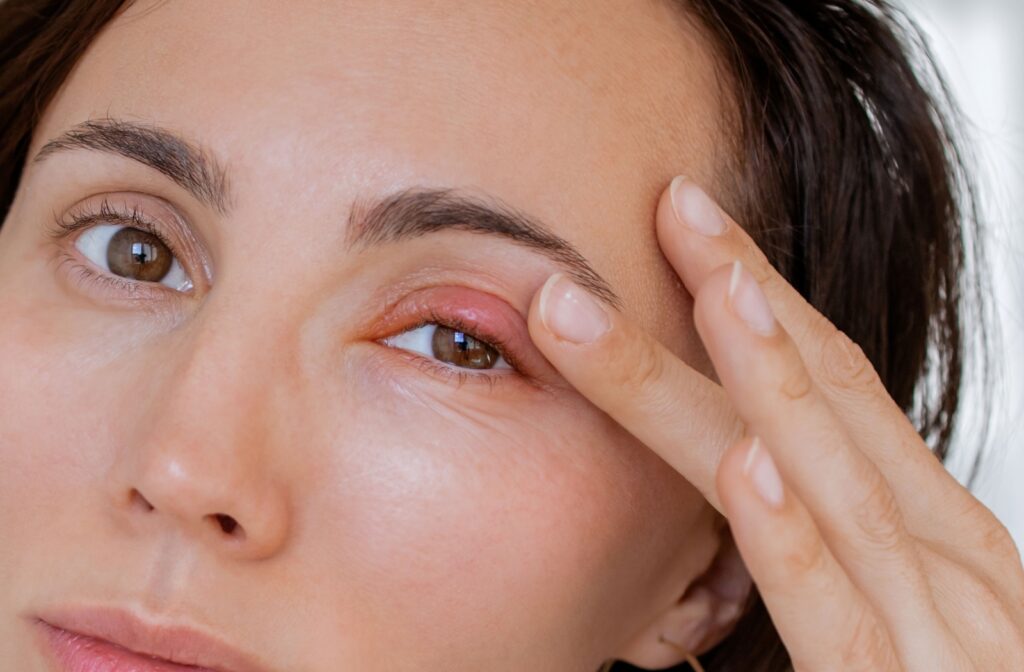
Will Pink Eye Go Away on Its Own?
It depends on what’s causing it:
- Viral pink eye usually clears on its own within 1–2 weeks.
- Bacterial pink eye can also resolve naturally, but antibiotic drops may help it heal faster and reduce contagiousness.
- Allergic pink eye may linger until the allergen is removed or treated with antihistamines.
You can ease discomfort with cold compresses, artificial tears, and antihistamines (for allergies). Good hygiene is essential—wash your hands often and avoid touching or rubbing your eyes.
Are Pink Eye & Styes Contagious?
Pink Eye
Yes—especially the viral and bacterial types. It spreads easily through:
- Hand-to-eye contact
- Sharing towels, pillowcases, or makeup
- Touching contaminated surfaces
If you or your child have viral or bacterial conjunctivitis, stay home from work or school until symptoms improve, and be sure to wash your hands frequently.
Styes
Styes aren’t considered contagious. They’re caused by bacteria already present on your skin. But poor hygiene or sharing items like makeup or towels can increase your chances of developing them.
Teaching kids to avoid rubbing their eyes and encouraging regular hand washing can help prevent both pink eye and styes.
How Are Pink Eye & Styes Treated?
Pink Eye Treatment
Treatment varies based on the type:
- Viral: Rest, cool compresses, and lubricating eye drops
- Bacterial: Prescription antibiotic drops or ointments may be needed
- Allergic: Antihistamines and avoiding allergens
Always see a doctor before starting any medicated drops, especially for kids.
Stye Treatment
Most styes can be managed at home with:
- Warm compresses (10–15 minutes, 3–4 times daily)
- Lid cleaning with diluted baby shampoo or a tear-free cleanser
- Avoiding eye makeup and contact lenses until it heals
If your stye doesn’t improve in a few days or keeps coming back, see an optometrist.
Do Pink-Eye Drops Work for a Stye?
Not usually. Antibiotic drops used to treat bacterial pink eye are not effective for treating styes, which affect the eyelid rather than the eye’s surface.
Styes are better treated with warm compresses and good eyelid hygiene. In persistent cases, your optometrist may recommend an antibiotic ointment, but most styes improve with basic home care.
When to See an Eye Care Professional
If symptoms last longer than a few days, worsen, or interfere with your vision, it’s time to see a professional. Seek care if:
- There’s significant swelling
- Pain becomes severe
- Your vision is blurry
- You experience recurring infections
Book Your Appointment Today
Not sure if you’re dealing with pink eye or a stye? Let your eye care team help. At See & Be Seen Eyecare, our team can accurately diagnose your symptoms and recommend an effective treatment plan so you can get back to feeling and seeing your best. Book your appointment today and take the first step toward clear, comfortable vision.

